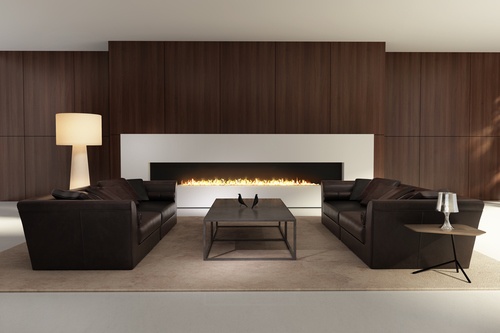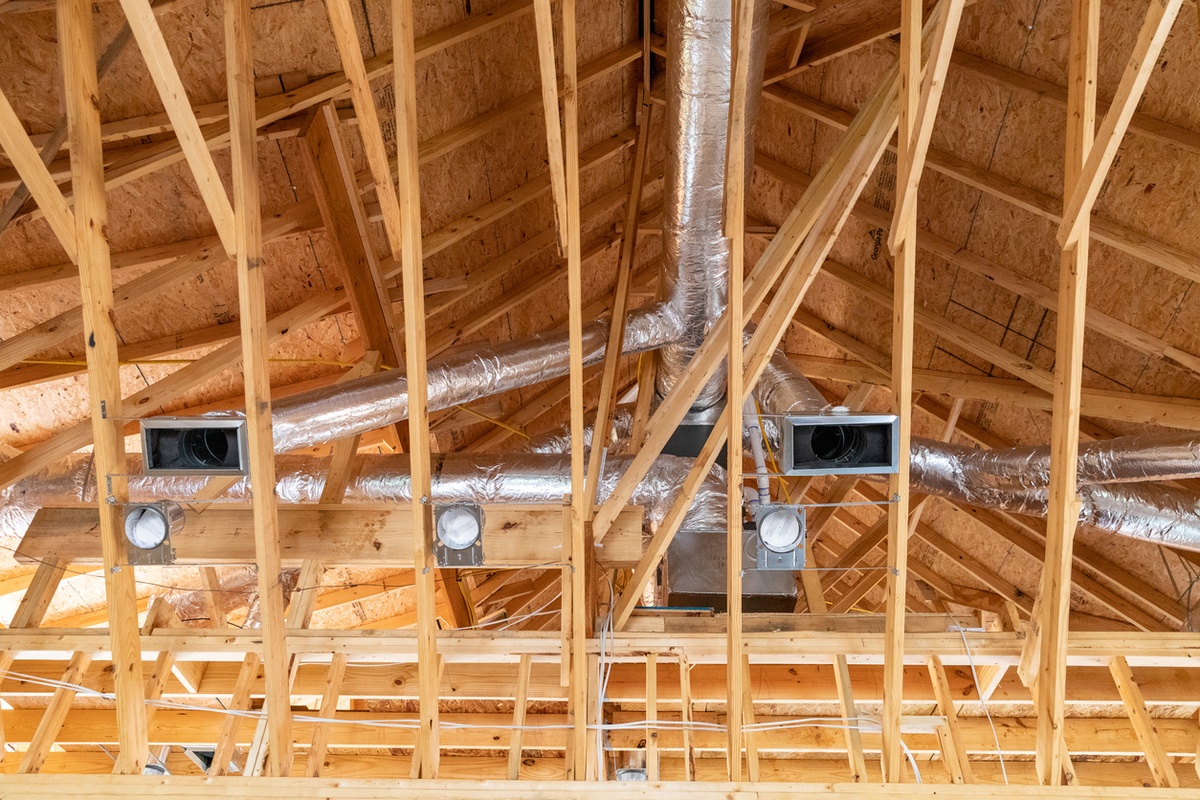HVAC
HVAC systems keep your home comfortable year-round, providing heating, cooling, and ventilation. From furnaces and air conditioners to heat pumps, today’s systems can be tailored to your climate and lifestyle. Choosing the right HVAC setup helps you maintain the perfect indoor environment while improving energy efficiency.
Most popular HVAC projects
Not sure what your project will cost? We can help!
All HVAC projects
Installations and Replacements
10-Ton Air Conditioner Installation
3-Ton Air Conditioner Installation
3.5-Ton Air Conditioner Installation
4-Ton Air Conditioner Installation
5-Ton Air Conditioner Installation
AC Installation
Air Source Heat Pump Installation
Attic Fan Installation
Bathroom Fan Installation
Ceiling Fan Installation
Central Air Conditioning Installation
Central Humidifier Installation
Dryer Vent Installation
Ductless Air Conditioner
Ductless Heat Pump
Ductwork
Electric Boiler
Electric Fireplace
Electric Furnace Installation
Ethanol Fireplace
Evaporative Cooling
Fireplace Installation
Furnace Installation
Gas Fireplace Installation
Gas Furnace for a 2,000 Sq.Ft. House
Gas Furnace Installation
Geothermal Heating Installation
Heat Pump
Hybrid Heat Pump
Install Electric Baseboard Heater
Natural Gas Boiler
New Boiler Installation
Oil Boiler
Oil Furnace Installation
Outdoor Wood Boiler
Pellet Stove Installation
Propane Furnace Installation
Propane Gas Boiler
Radiant Floor Heating
Radiator Replacement
Roof Vent Installation
Smart Thermostat Installation
Thermostat Installation
Ventilation Installation
Whole House Fan Installation
Window Air Conditioning
Window Evaporative Cooler Installation
Repairs and Maintenance
Air Conditioner Maintenance
Air Conditioning Repair
Air Duct Cleaning
Attic Fan Repair
Boiler Repair
Ceiling Fan Repair
Central Air Conditioner Repair
Dryer Vent Cleaning
Ductwork Repair
Fireplace Repair
Furnace Repair
Heat Pump Repair
Home AC Recharge
HVAC Maintenance
Pellet Stove Cleaning
Pellet Stove Repair
Radiator Repair



